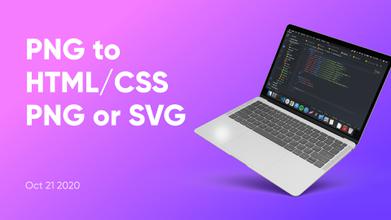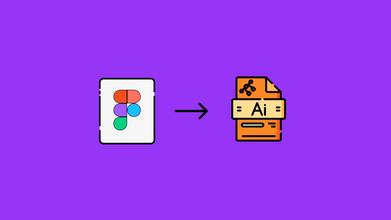Text to Wireframe Conversion Methodologies and Famous Tools
Aug 31, 2023 9445 seen
From Words to Wireframe: Methodologies
The journey from conceptualization to realization involves several stages in design and development. One of the critical steps in this process is converting textual descriptions and ideas into visual representations known as wireframes. A wireframe serves as a blueprint, outlining the structure and layout of a digital interface. This article explores the concept of transforming text into wireframes, shedding light on its significance, methodologies, and tools used in the design and development landscape.
Wireframing is the bridge that connects abstract concepts with concrete designs. Whether you're building a website, a mobile app, or a software interface, wireframes play a pivotal role in the development cycle. They serve as a visual guide that outlines the placement of elements, user interactions, and overall navigation. By converting text into wireframes, designers, and developers can collaboratively shape ideas into a tangible representation that clarifies design intent, fostering better communication and minimizing misunderstandings.
The Power of Wireframing in Design
Converting text to wireframes involves a structured approach that ensures the accuracy of the transformation. Here are the essential methodologies that designers and developers follow:
- Understanding the Vision: The process begins with thoroughly understanding the textual description or idea. Designers analyze the provided text to extract essential information about the purpose, target audience, and critical functionalities.
- Defining Hierarchy: Text often contains information that needs to be presented hierarchically. Designers identify headings, subheadings, and other textual elements to establish the layout's structure.
- Sketching and Ideation: Before diving into digital tools, designers often start with pen and paper to sketch rough wireframe concepts. This allows for quick iterations and exploration of various layout possibilities.
- Choosing the Right Elements: Based on the text, designers determine which UI elements are required, such as buttons, forms, images, and navigation bars. These elements are placed within the wireframe according to their importance and relevance.
- Mapping User Flows: If the text describes user interactions or workflows, designers translate these sequences into flowcharts or diagrams that illustrate users' path through the interface.
- Digital Wireframing: With the initial sketches, designers move to digital tools designed explicitly for wireframing. These tools offer pre-made UI elements and templates that streamline converting textual ideas into visual representations.
- Iterative Refinement: Wireframes are not static; they evolve through iterations and feedback. Designers collaborate with stakeholders, incorporating feedback to refine and enhance the wireframe's accuracy.
Text to Wireframe Conversion
The conversion of text to wireframes offers several benefits, including:
- Clarity: Wireframes provide a clear visual representation of the design's structure and layout, reducing ambiguity.
- Alignment: Stakeholders can align their expectations early in the process, reducing the risk of misunderstandings later on.
- Efficiency: Wireframes streamline the design process by focusing on layout and functionality before delving into aesthetics.
- Feedback: Early-stage wireframes invite constructive feedback, leading to improvements and informed design decisions.
However, challenges may arise, such as:
- Subjectivity: Interpreting text into wireframes can involve subjective decisions, leading to variations in understanding.
- Limited Context: Wireframes might not capture the full context of the design, potentially leaving gaps in understanding.
- Time-Consuming: The process can be time-consuming, especially when multiple iterations are needed to align the design with stakeholders' expectations.
Converting text into wireframes is vital, from ideas to functional digital interfaces. It facilitates collaboration, enhances clarity, and paves the way for successful design and development projects. Through careful methodologies and specialized tools, designers and developers can effectively translate textual concepts into visual blueprints, setting the stage for creating exceptional user experiences.
Famous Tools for Text-to-Wireframe Conversion
Several digital tools are available to facilitate the transformation of text into wireframes. These tools offer user-friendly interfaces, pre-built components, and collaborative features that expedite the design process. Some prominent tools include:
- Balsamiq: Known for its simplicity, Balsamiq provides a drag-and-drop interface to create low-fidelity wireframes. It encourages rapid ideation and collaborative feedback.
- Adobe XD: This powerful tool enables designers to create interactive wireframes with various UI elements. It also supports animations and transitions, allowing for a more comprehensive visualization of the final product.
- Figma: Figma's cloud-based platform enables real-time collaboration, making it ideal for remote teams. Its versatile features accommodate both low-fidelity and high-fidelity wireframes.
- Sketch: Popular among macOS users, Sketch offers an intuitive interface for designing wireframes. It supports various plugins that enhance functionality and streamline workflows.


